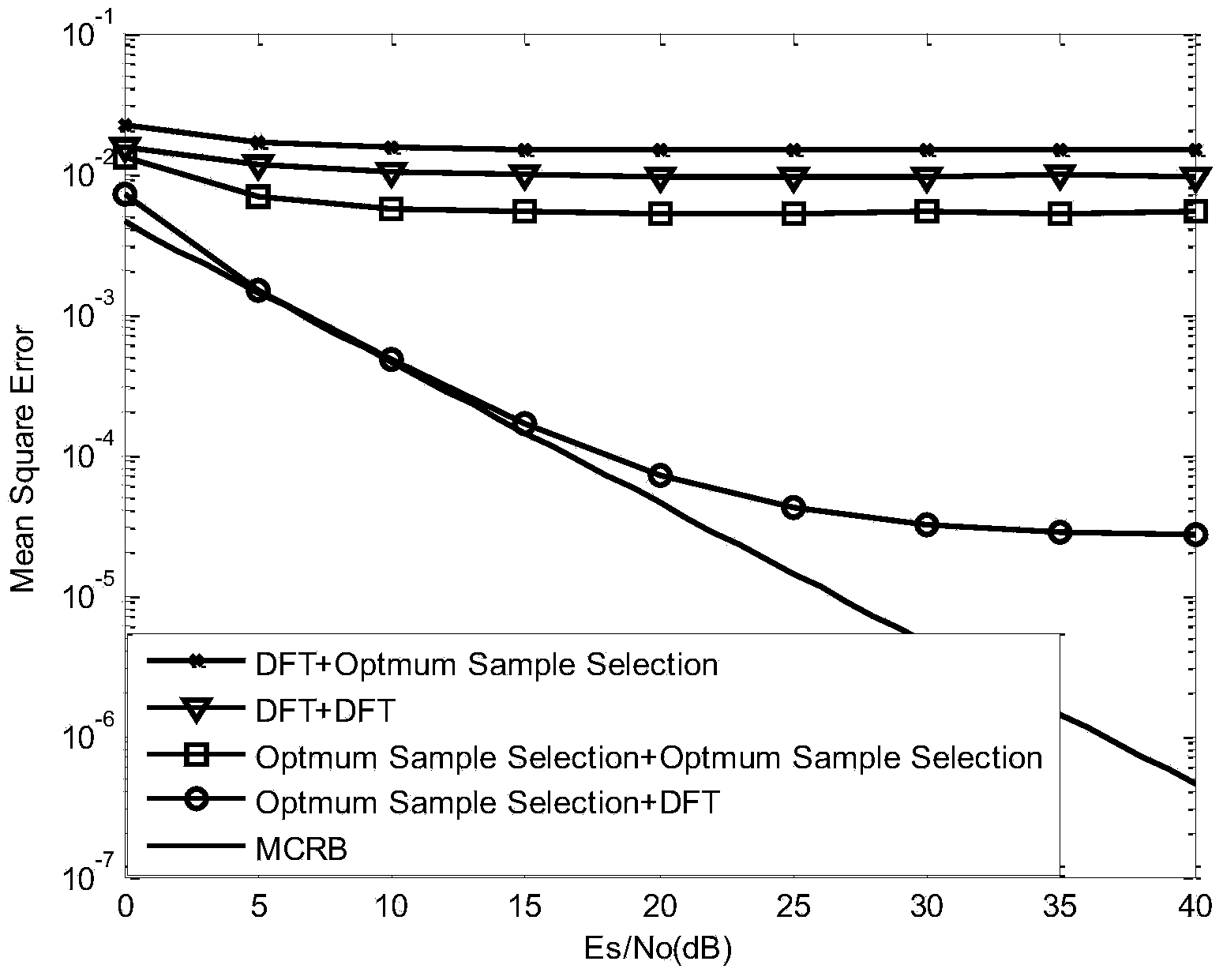Clock estimation method of bi-direction relay channel physical layer network coding
A technology of network coding and two-way relay, which is applied in the field of clock estimation of physical layer network coding of two-way relay channel
- Summary
- Abstract
- Description
- Claims
- Application Information
AI Technical Summary
Problems solved by technology
Method used
Image
Examples
Embodiment Construction
[0027] The present invention will be further described below in conjunction with accompanying drawings and examples.
[0028] figure 1 Overall block diagram of clock estimation for bidirectional relay channel PNC. figure 2 The training sequence structure on the first node (1) and the second node (2) is given, where L is the length of the cyclic prefix and cyclic suffix, L t is the length of the training sequence.
[0029] Provide the concrete steps that the present invention realizes below:
[0030] (1) First generate a length of L t The CAZAC sequence (the present invention adopts the Chu sequence), s=[s(0) s(1) ... s(L t -1)], constructed from s with a length of L t s' of +4L, s'=[s(0) s(1) ... s(L t -1) s(0) s(1) … s(4L-1)], the final length is L t training sequence c i , c i =[s'((2i-1)L) s'((2i-1)L+1) ... s'((2i-1)L+L t -1)] (i=1,2).
[0031] (2)c 1 ,c 2 After root-raised cosine pulse shaping, they are transmitted simultaneously from the first node (1) and the...
PUM
 Login to View More
Login to View More Abstract
Description
Claims
Application Information
 Login to View More
Login to View More - R&D
- Intellectual Property
- Life Sciences
- Materials
- Tech Scout
- Unparalleled Data Quality
- Higher Quality Content
- 60% Fewer Hallucinations
Browse by: Latest US Patents, China's latest patents, Technical Efficacy Thesaurus, Application Domain, Technology Topic, Popular Technical Reports.
© 2025 PatSnap. All rights reserved.Legal|Privacy policy|Modern Slavery Act Transparency Statement|Sitemap|About US| Contact US: help@patsnap.com



